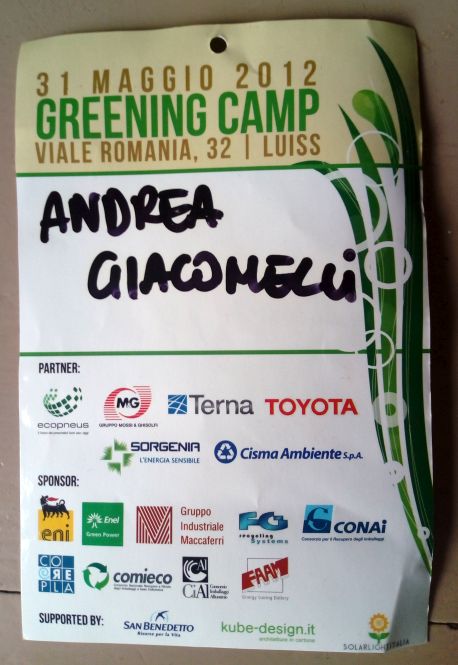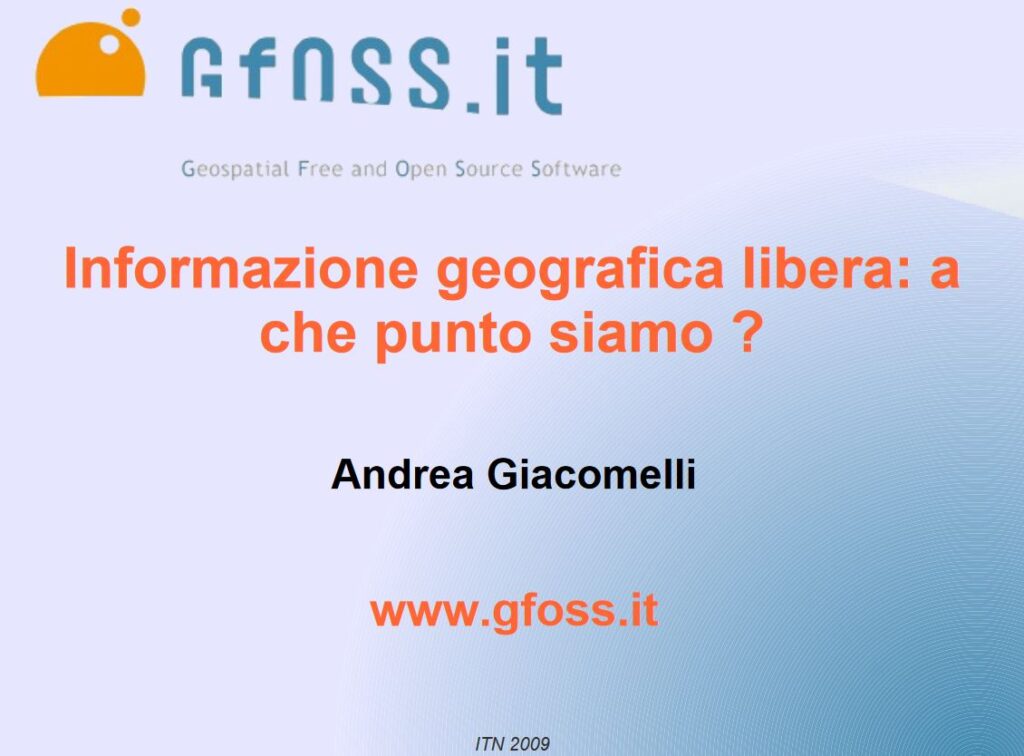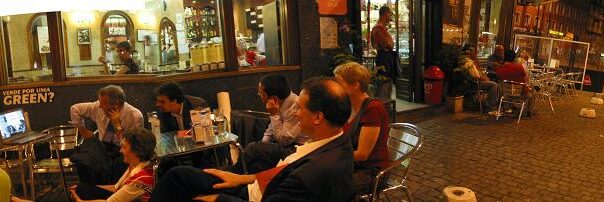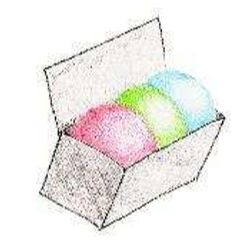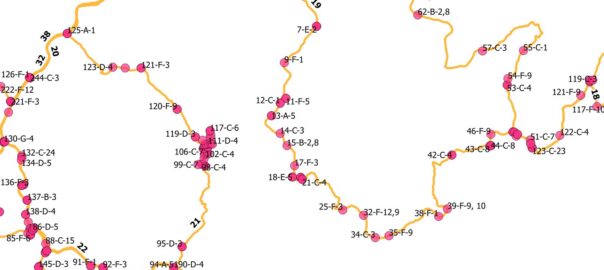This talk was presented at the Eighth Italian GRASS users meeting, held in Palermo, Sicily, on Feb 14-16, 2007. The talk was #2 in the meeting schedule. This was not the first time I was speaking about free/open-source software, but it was the first time I was speaking about free/open-source geographic software. During the same days we also had the founding meeting for GFOSS.it, the Italian OSGEO chapter, where I ended up acting as the facilitator of the two-day discussions.
ABSTRACT
The presentation will provide some historical references to the development and the distribution of this system, in order to derive indications for its future developments. The presentation will consider various experiences made by the author, using GRASS since 1993, for applications in different settings (universities, public, and private sector), in relation to different domains (hydrology, remote sensing, archaeology), and for projects with different objectives (research, production, training). These cases will be presented with reference to two types of “environment”, i.e. GFOSS-only environments, and “hybrid” environments, where GFOSS and proprietary tools coexist. Experiences from subjects who have been directly involved in the development of GRASS from the mid-Eighties to the mid-Nineties will be discussed, focusing on the phase where GRASS phased from USACERL to other maintainers, eventually leading to the current situation. The aim of the presentation is to contribute to the identification of possible strategies for the upcoming developments of the GRASS project, in consideration of some critical points which emerged in the past.
